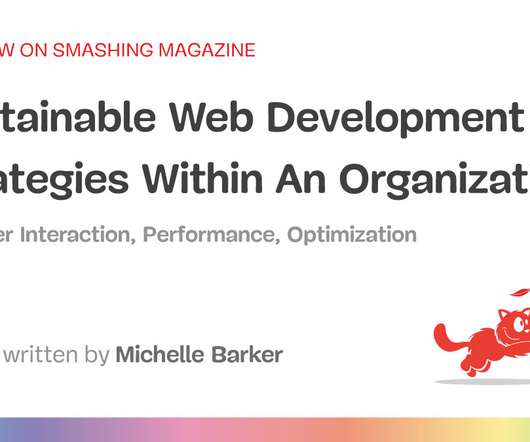Dynatrace accelerates business transformation with new AI observability solution
Dynatrace
JANUARY 31, 2024
The RAG process begins by summarizing and converting user prompts into queries that are sent to a search platform that uses semantic similarities to find relevant data in vector databases, semantic caches, or other online data sources. But energy consumption isn’t limited to training models—their usage contributes significantly more.












Let's personalize your content